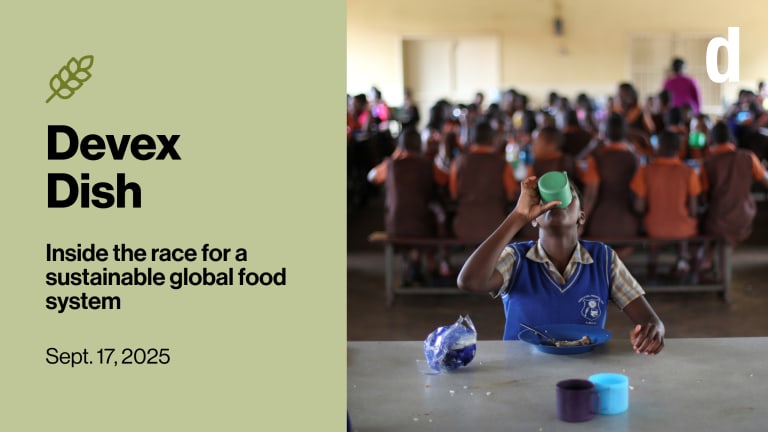A strong El Niño felt worldwide will push additional people into food insecurity next year, experts warn, as too much rain in some areas, while not enough in others, will disrupt agricultural production and livelihoods.
El Niño, which officially began in July, is caused by warmer sea surface temperatures in the central and eastern tropical Pacific Ocean and can alter global weather patterns. It occurs on average every two to seven years and typically lasts about a year. In some areas the phenomenon causes rain and in others, drought.
From East Africa to Central America to the Indo Pacific, humanitarian organizations are preparing to respond to increased food insecurity, particularly in rural communities. The Famine Early Warning Systems Network, known as FEWS NET, estimates that as many as 110 million people will need food assistance into early next year in the 30 countries in Africa, Latin America, and the Middle East that it monitors.






